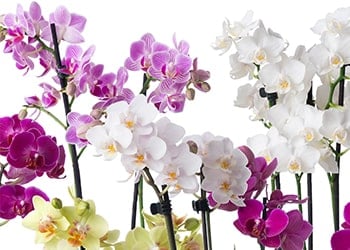
Following this weekends Notting Hill Carnival, we wanted to appreciate the Carnival in its earliest form, looking at how it has developed into today’s world renowned event.
But where did it all begin and why?
Notting Hill Carnival first took place in 1959 in St Pancras Town Hall, Chelsea, London, in response to the countries racial tension following the Notting Hill Race Riots which lasted a week over late August and early September. Initially organised by Claudia Jones - who is now known as 'Mother of Carnival' – specialised in political activism and her background in Trinidadian journalism compelled her to take action. The first festival went on to be a huge success with people turning up in their hundreds, subsequently leading to an annual event on the Sunday and August Bank Holiday Monday.
A few years later in1966, the first outdoor Carnival took place with the aim of promoting cultural unity. Headed by Rhaune Laslett - a community activist - the local street party for children turned into a carnival procession when Russell Henderson’s Steel Pan band went on a walkabout around local streets. This started a large following, something similar to the movie 'Scrooge' on Christmas morning!
The Carnival ‘street party’ began to attract more people each year from a diverse range of cultures from all over the UK and Europe. It became a major festival in 1975 when it was organised by a young teacher called Leslie Palmer. The carnival was popularised by live radio broadcasts by Alex Pascall on his daily 'Black Londoners' programme for BBC Radio. By 1976 the Notting Hill Carnival had developed its distinctive Caribbean feel and was attracting upwards of 150,000 people. There were, however, still tensions between the police and the predominantly young Caribbean Carnival-goers, which resulted in riots consequently putting the festival in jeopardy. Thankfully, this did not happen and since then the festival has grown significantly, going from strength to strength in celebrating today's cultural diversity. Here is an image taken in 1975 at the Carnival:

As time has elapsed through the 80's and 90's, Notting Hill has not forgotten its roots and remains loyal to its distinctive West Indian feel despite ever changing trends and the Carnival's ever growing popularity. There is now up to 50,000 performers across 38 sound systems playing everything from soca to dub, reggae, jazz, and calypso. A report by the London Development Agency on the 2002 Carnival estimated that the event contributes around £93m to the UK economy with recent years attracting around one million people. These figures make it one of the largest street festivals in the world, second only to the Rio Carnival in Brazil.
From humble beginnings, Notting Hill Carnival has become a cultural spectacle. Despite the odd troubled incident, the festival and modern day cultural diversity is always celebrated in good spirits.









